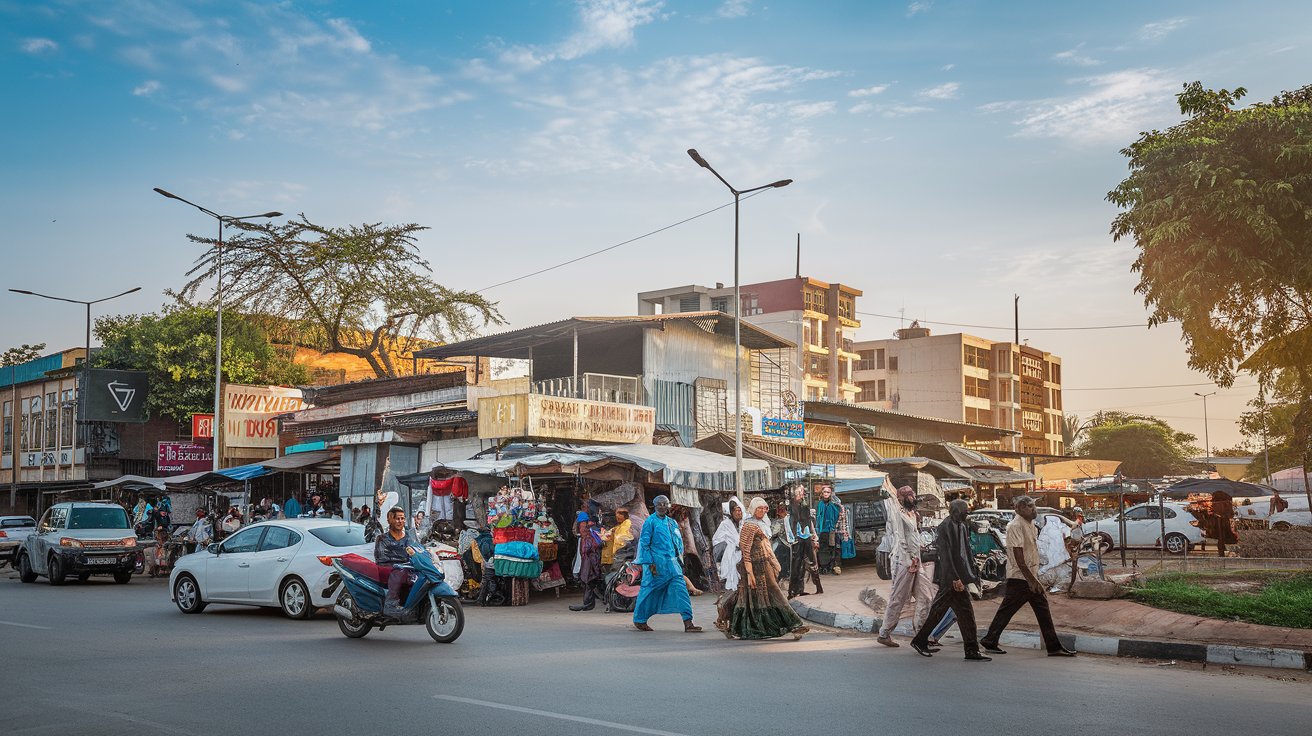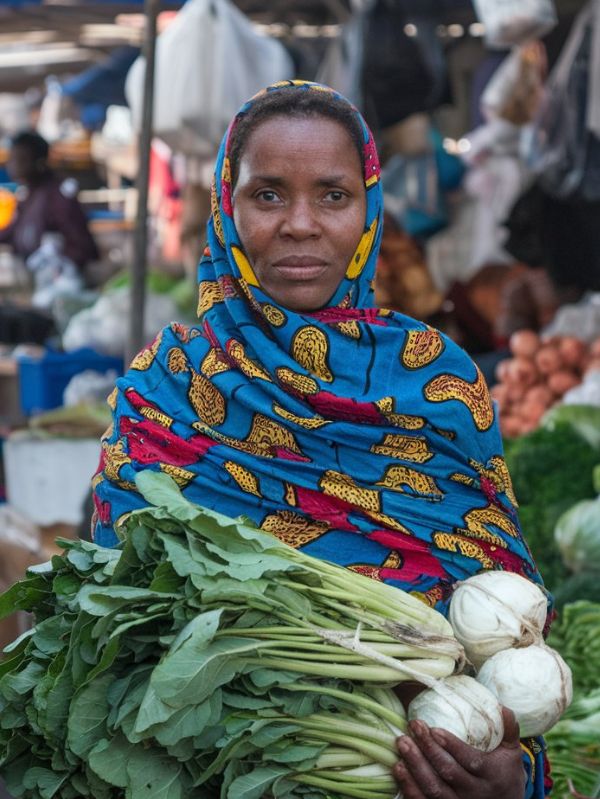Physical Address
304 North Cardinal St.
Dorchester Center, MA 02124
Physical Address
304 North Cardinal St.
Dorchester Center, MA 02124


Nigeria’s journey towards economic transformation has been marked by ambitious plans and policies aimed at stabilizing and boosting its economy. Over the past decade, successive governments have introduced various strategies, each addressing specific economic challenges. From the 7-Point Agenda under Umar Musa Yar’Adua’s administration to the Economic Recovery and Growth Plan (ERGP) introduced by Muhammadu Buhari, the nation has witnessed an evolving roadmap for economic reform.
This article delves into the successes, challenges, and lessons learned from these initiatives while exploring whether the ERGP and similar frameworks hold the promise of a better future.
A Retrospective Look at Nigeria’s Economic Plans – The 7-Point Agenda (2007) The 7-Point Agenda, launched during Umar Musa Yar’Adua’s presidency, focused on achieving rapid economic growth. The agenda targeted seven critical sectors: power and energy, agriculture, wealth creation, transportation, land reform, education, and security. While the initiative set ambitious goals, its implementation faced setbacks, including political instability and limited institutional capacity. Vision 20:2020 (2010) Goodluck Jonathan’s administration built on this momentum with Vision 20:2020, a comprehensive strategy aimed at positioning Nigeria among the world’s top 20 economies by 2020. The plan emphasized industrialization, infrastructure development, and human capital investment. However, global oil price fluctuations and governance issues stifled its potential. The National Industrial Revolution Plan (2014) The National Industrial Revolution Plan (NIRP), also introduced during the Jonathan era, focused on transforming Nigeria into an industrialized economy. By promoting local manufacturing and diversifying revenue streams, the NIRP sought to reduce Nigeria’s over-reliance on oil exports. Yet, like its predecessors, execution challenges and weak policy alignment hindered its effectiveness. The Buhari Era and the Economic Recovery and Growth Plan (2017) Goals of the ERGP Under Muhammadu Buhari’s leadership, the Economic Recovery and Growth Plan (ERGP) was introduced in 2017. This strategic framework aimed to address Nigeria’s recession and foster long-term economic growth.
The plan prioritized three main objectives:
Key Achievements of the ERGP
Despite criticism, the ERGP achieved some notable successes:
Lingering Challenges
The Importance of Policy Continuity– Frequent changes in leadership and policy direction have often disrupted Nigeria’s long-term plans. For sustainable growth, future administrations must build on the foundations laid by their predecessors rather than starting anew. Strengthening Implementation Frameworks– Strong institutions and transparent mechanisms are essential to ensure the success of any economic policy. Governments must prioritize accountability and capacity building. Diversification Beyond Rhetoric-While diversification has been a recurring theme in Nigeria’s economic plans, its execution has been lackluster. A renewed focus on sectors such as technology, renewable energy, and tourism could unlock untapped potential. Is There Renewed Hope for Economic Revival? – The ERGP and its predecessors highlight Nigeria’s ability to conceptualize bold economic reforms. However, consistent implementation remains the Achilles’ heel of these initiatives. Moving forward, Nigeria’s leadership must embrace a long-term, collaborative approach, leveraging both public and private sector resources to achieve sustainable development. With a population of over 200 million and abundant natural resources, Nigeria has immense potential to become an economic powerhouse. Whether that potential is realized will depend on the country’s ability to learn from its past and embrace innovative, inclusive growth strategies. This journey of economic renewal is not just about policies but also about the collective will of the people and their leaders. If Nigeria can overcome its implementation challenges, it might indeed achieve the revival its citizens yearn for.